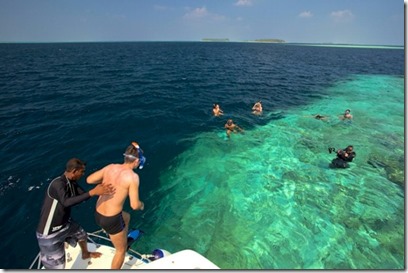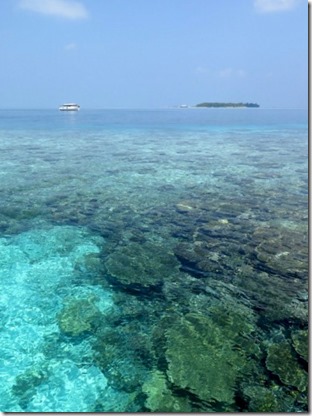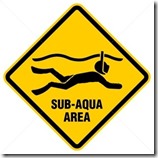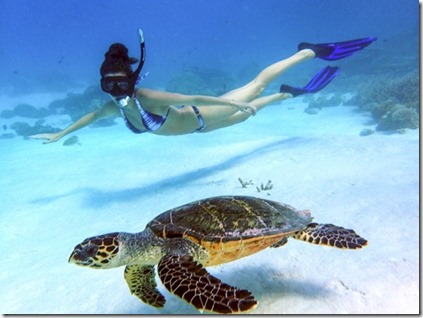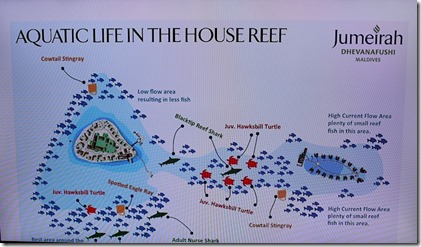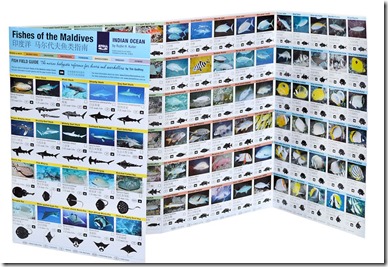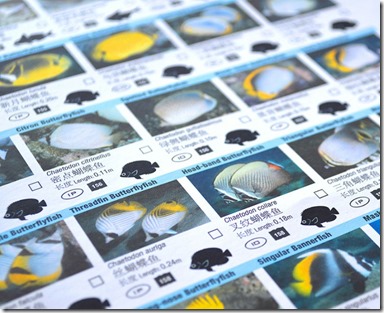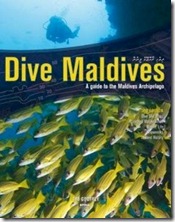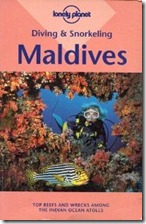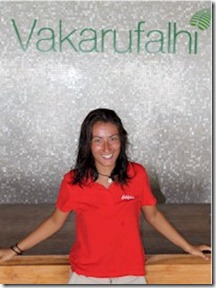For those travellers swinging by Maldives for a short stop, one of my Top 10 FAQs is “Is there a place I can do a snorkel excursion to an island/reed during my one day stay in Male?” People looking for this include…
- Cruise stops
- Flight lay-overs
- Short-stay visits
- Business visitors
Much as I have researched the subject, it has been one of my earlier “Haven’t Seens”. But now I’ve now found an operator in Male who offers snorkel and dive trips from Male as well as a range of other excursions from a the operator Secret Paradise. I got in touch with them and they were very friendly and helpful. They sent me the following details on the snorkeling trips that they offer which all include services of a guide, snorkeling equipment and local taxes and service charges…
- An insight into Marine Conservation (12:00-17:00) – Dive or snorkel with local conservationists and actively contribute to our conservation effort in Villimale. You will gain an understanding of the Maldivian ecosystems and conservation challenges arising from coastal development unique to small island states. Enjoy a tour of the island of Villimale observe island life and the impacts of land reclamations and harbor development first hand. Share traditional Maldives afternoon tea ‘hedika’ at a local tea shop with the Save the Beach reef conservation group. Includes…
- Snorkeling or diving Equipment (Certified divers only
- Hedika experience
- Return transfer from guesthouse to Villimale
- $99 per person diving
- $90 per person snorkeling
- Morning Snorkeling (08.30-12.30) – Depart on a traditional dhoni at 9.00am for a group snorkeling safari, two of the best snorkeling points close to Male. Sites vary dependent on weather and current conditions. Return Hulhumale approx. 12:30. Includes…
- Return transfer from guesthouse to dive centre.
- $45 per person
- Afternoon Snorkeling (14:00-16:30) – Depart on a speedboat for a snorkeling safari, two of the best snorkeling points close to Male. Sites vary dependent on weather and current conditions. Return Hulhumale approx. 18:00. Includes:
- Speedboat transfer from Hulhumale jetty
- $65 per person based on a minimum of two guests
So if you are in the neighbourhood of the Maldives and you want to sample some of its world-famous snorkelling, by all means, stop into this hopefully less secret paradise.

